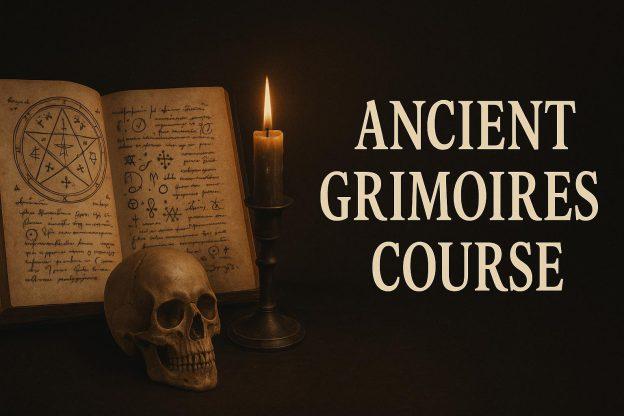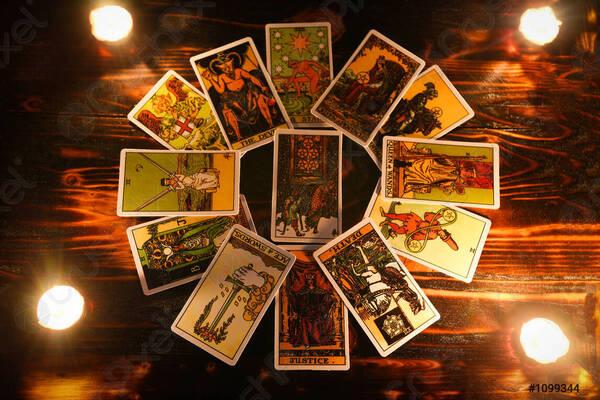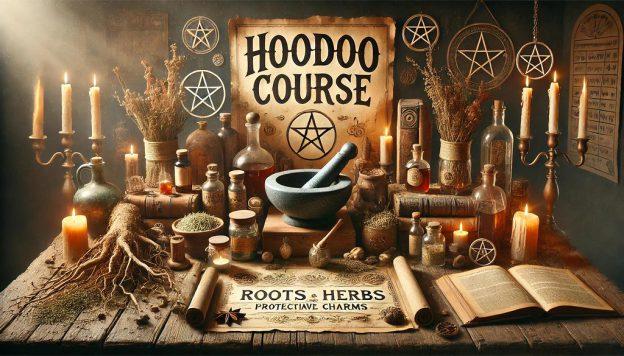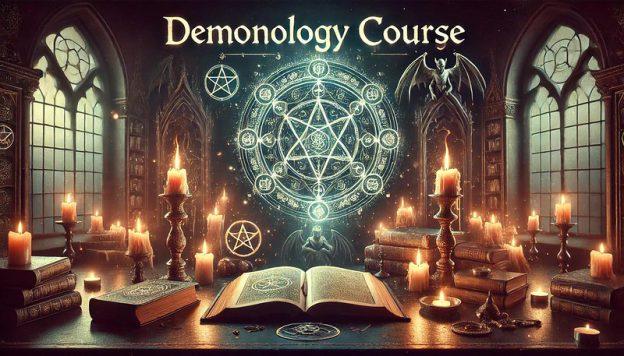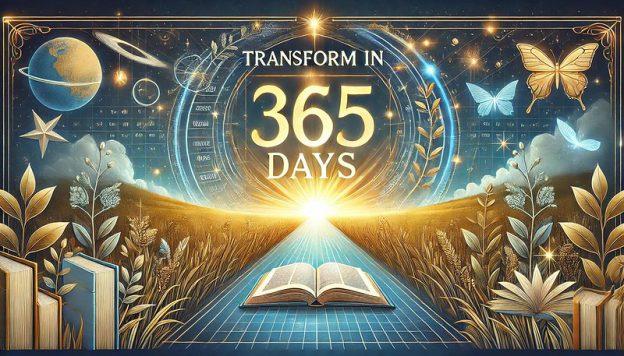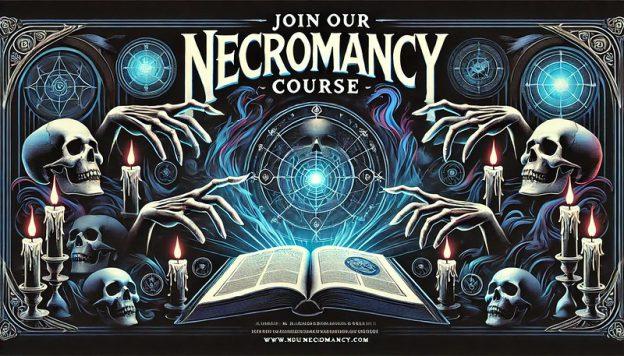Other-Than-Human Persons
Other-Than-Human Persons – A phrase coined by Irving Hallowell, influenced by the Ojibwe of southern-central Canada. It refers to the widest possible community of living beings. For example, in the Ojibwe language not only are humans, animals, fish, birds, and plants living, relational beings, but so too are objectpersons such as rocks and certain weather systems (the thunder-beings). The word spirits is sometimes attached to other words, as in rock spirit or tree spirit, to suggest that some rocks or trees are different from others. Hallowell’s phrase has gained currency because it does not misrepresent the indigenous thought and experience that some rocks, trees, and storms act as persons: that is, as relational, intentional, conscious, and communicative beings. This worldview and lifeway is now being called animism, which makes shamans both possible and necessary.
The phrase should not be misunderstood to imply that humans are the standard against which other “persons” might be compared. Rather, the phrase arises among humans trying to talk with other humans. It is implicit that eagles might speak of eagle-persons and otherthaneagle persons, and so on. The understanding that humans are not the only persons also involves the notion that not all shamans are human. In Amazonia, for example, it is common knowledge that the most powerful shamans (or persons with shamanistic abilities, payé) are anacondas. Ambiguity and uncertainty about the way in which an other-than-human person relates or acts toward humans may require human shamans to seek to alter their perspective to see what others see and then deal appropriately with the resulting knowledge.
SOURCE:
Historical Dictionary of Shamanism by Graham Harvey and Robert J. Wallis 2007
